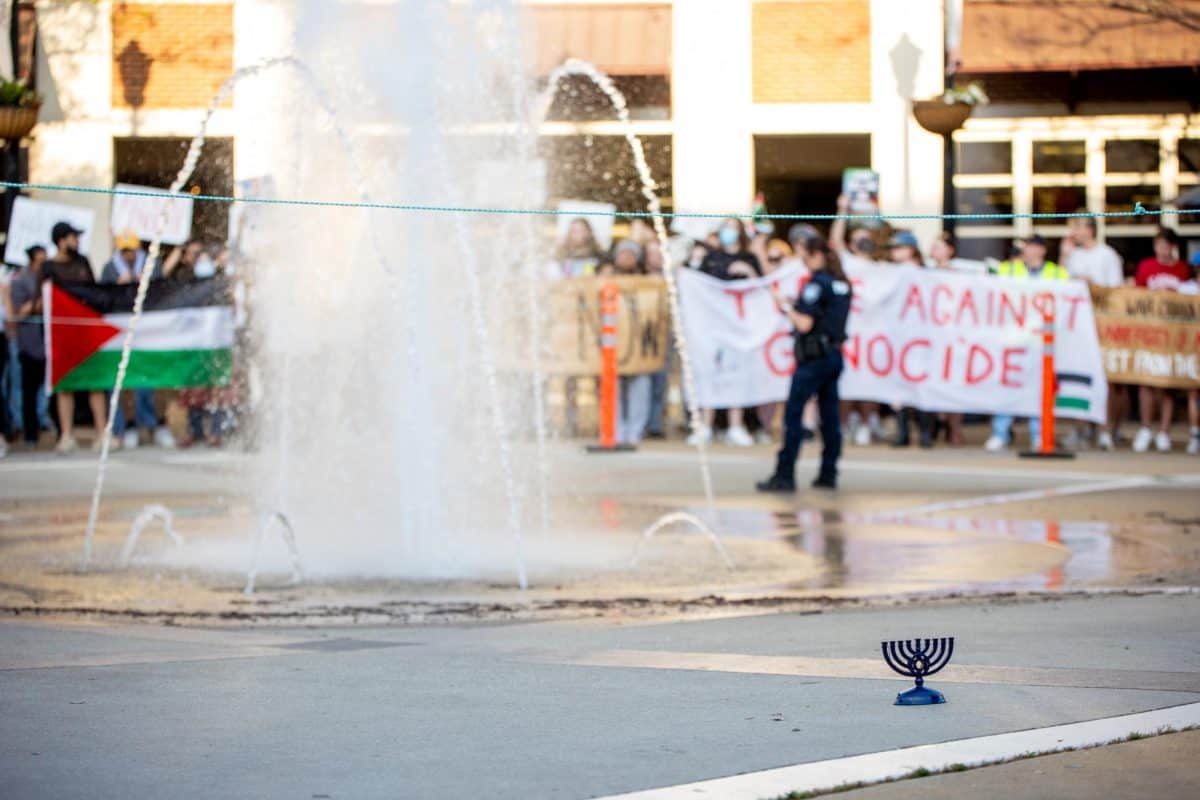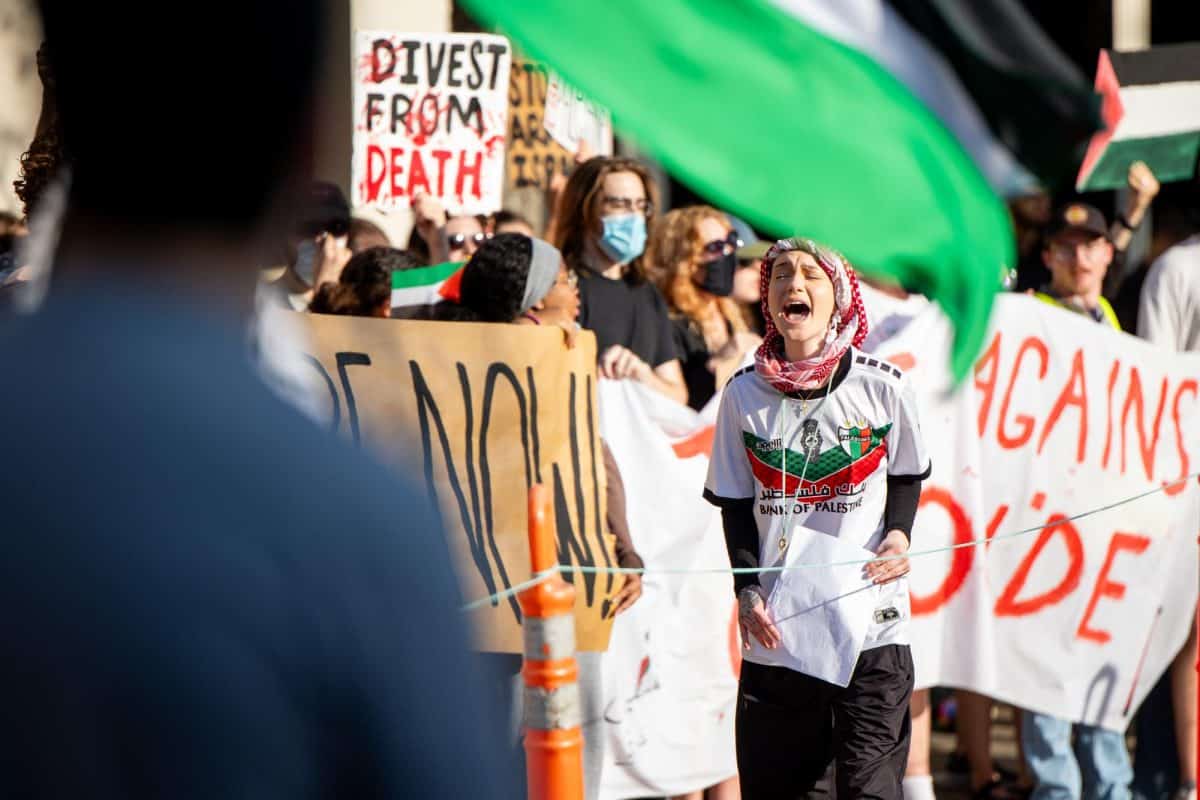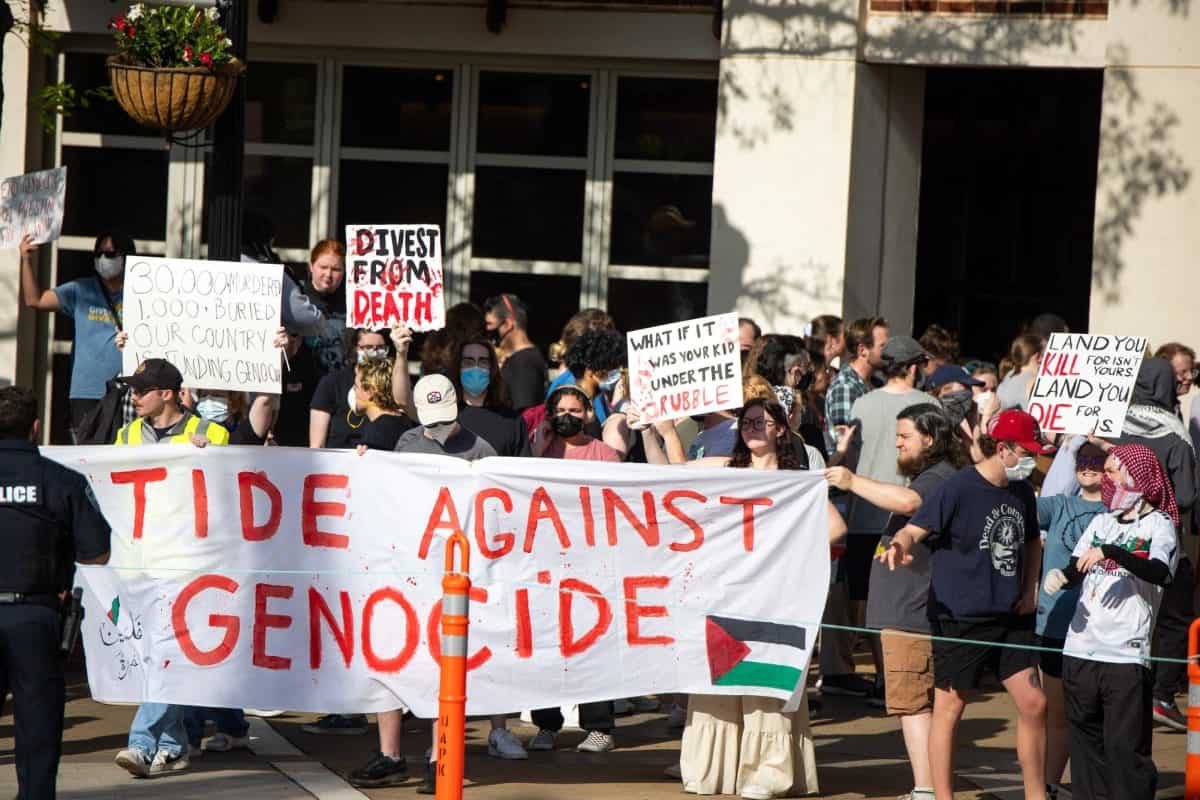Natural disasters can happen around the world on a daily basis. Victoria Ravels, a professor and medical sociologist at New York University, spoke to a small crowd in Little Hall on Monday afternoon about the various elements that can affect the aftermath of a disaster.
“Disasters change how you approach life,” Ravels said.
(See also “Event hosts factory collapse survivor“)
Ravels, who received graduate degrees from Boston College and Columbia University and her doctoral degree from Columbia, has studied responses to disasters for more than a decade and is an expert on the social and mental stresses individuals experience after disasters. She opened her lecture by speaking about her past.
“When I first got into the field of disaster research, [it was] as an individual who was in New York City when the disaster of the World Trade Center happened,” Ravels said. “I literally was on the subway coming into New York when I looked out the window and saw the [World] Trade Center burning down.”
Ravels said better reporting, population growth, climate change and increasing terrorism attacks all factor into the rising number of disasters.
“Disasters are not only natural, such as hurricanes, tornadoes and storms, but there are man-made disasters as well,” Ravels said. “Things such as the oil spill, Three Mile Island and problems in Japan after the earthquake create the likelihood of a problem on a mass scale.”
(See also “Researchers study tornado’s psychological effects on children“)
Two main points that Ravels tried to drive home were that preparation is always a part of a disaster and that a human element is always involved.
“The point of preparedness can be as long as a week and as short of five minutes,” Ravels said. “Disasters such as Hurricane Sandy, we had a week to prepare for it, and then you have short times of preparedness like with tornadoes. With a week to prepare for Sandy, there still was disaster.”
Ravels also said a human element is a key factor. She said people can either lead or follow in the aftermath of disaster. Individuals who are directly impacted and prepared are the ones who step up and lead after the initial impact of a disaster.
Debra Nelson-Gardell, an assistant professor in the School of Social Work, said Ravel made her think about what preparedness really means and how people prepare.
“It is all about how you prepare and how you look at the signals given,” Nelson-Gardell said. “Some people look at the signs and just ignore them. Others actually take them to heart and prepare for the event coming. I really like how she made me think. It makes me feel I have to trust the signs, and trust is something you can never waste.”
(See also “OUR VIEW: University’s responses inconsistent“)






